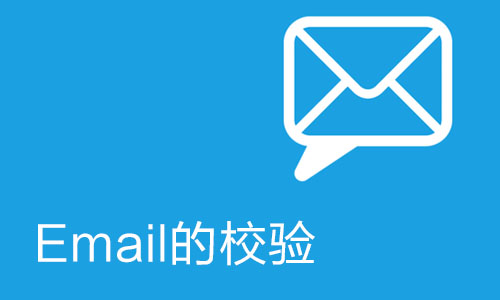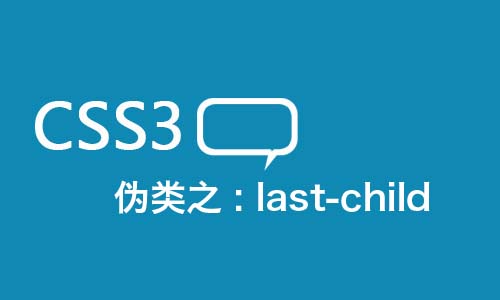1、父与子组件通信:
我们写一个最简单的组件解释:
html (index.html):
<head> <meta charset="UTF-8"> <title>Title</title> <script src="../react/react.js"></script> <script src="//cdn.bootcss.com/react/0.14.7/react-dom.min.js"></script> <script src="//cdn.bootcss.com/babel-core/5.8.24/browser.min.js"></script> </head> <body> <div id="container"></div> <script type="text/babel" src="app.js"></script>
我们引入react依赖的js和browser来对jsx语法解析。引入 app.js来写react组件
const list = [
'AAA',
'BBB',
'CCC',
'DDD'
];
const Item = React.createClass({
render(){
const style = this.props.actived ? {border:'1px solid green'} : {};
return <li onClick={this.props.callBack} style={style}>{this.props.name}</li>;
}
});
const Comp = React.createClass({
getInitialState(){
return {
list : []
}
},
componentWillMount(){
this.state.list = this.props.data.map(item=>{
return {
actived : false,
name : item
}
})
},
componentDidMount(){
console.log('list',this.state.list);
setTimeout(()=>{
this.state.list[1].actived = true;
this.forceUpdate();
},3000)
},
callBack(item){
console.log(item.name);
},
render(){
return <ul>
{this.state.list.map(item=> <Item callBack={this.callBack.bind(this,item)} actived={item.actived} name={item.name}/>)}
</ul>
}
});
ReactDOM.render(
<div>
<Comp name="comp one" data={list}/>
<Comp name="comp two" data={list}/>
</div>,
document.getElementById('container')
);这里我们定义了Comp 组件,给了name和data属性,在组件加载前初始化数据(componentWillMount),通过this.props.data.map的方式获取父类的属性值进行遍历。
2、子组件与父通信:
子组件如何调用父组件呢? 我们在父组件Comp的render中 Item 上加入
callBack={this.callBack.bind(this,item)}bind自身并传递item参数,同时在父组件中完善callBack方法:
callBack(item){
console.log(item.name);
},在子组件item中,通过添加点击事件
onClick={this.props.callBack}我们就可以轻松的与父组件通信了。
2、事件总线通信:
说起来觉得不好理解,其实就是通过事件监听的方式实现,这里我们用一个插件来描述,通过bower安装eventemitter
bower install eventemitter
我们在index.html中引入eventemitter
<script src="bower_components/eventemitter/build/eventemitter.js"></script>
做一个颜色切换的小插件,插件比较弱智,但是能说明问题:
const eventbus = new eventemitter.EventEmitter();
const Comp = React.createClass({
getInitialState(){
return {
colorIndex : 0,
colors : ['yellow','red']
}
},
componentWillMount(){
eventbus.on('changeColor',(id,color)=>{
if(this.props.id != id && this.state.colors[this.state.colorIndex] == color){
this.changeColor();
}
})
},
changeColor(){
this.setState({
colorIndex : this.state.colorIndex ? 0 : 1
});
setTimeout(()=>{
eventbus.emit('changeColor',this.props.id,this.state.colors[this.state.colorIndex])
},1500)
},
render(){
return (
<div style={{background:this.state.colors[this.state.colorIndex],marginBottom:20}}>
<p>{this.props.name}</p>
<button onClick={this.changeColor}>click me</button>
</div>
)
}
});
ReactDOM.render(
<div>
<Comp id="one" name="first Comp"/>
<Comp id="two" name="second Comp"/>
</div>
,
document.getElementById('container')
);这里定义了两个Comp插件,通过点击按钮来切换背景颜色,同时发送事件,更改另一个插件为不同的颜色
const eventbus = new eventemitter.EventEmitter();
来实例化一个event对象,它有两个方法:
eventbus.on() // 事件监听 eventbus.emit() // 事件发送
了解node 事件系统的对这个就比较熟悉了。







